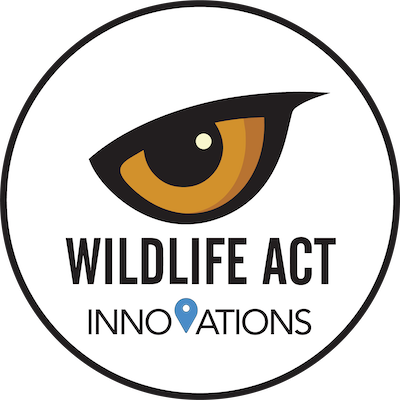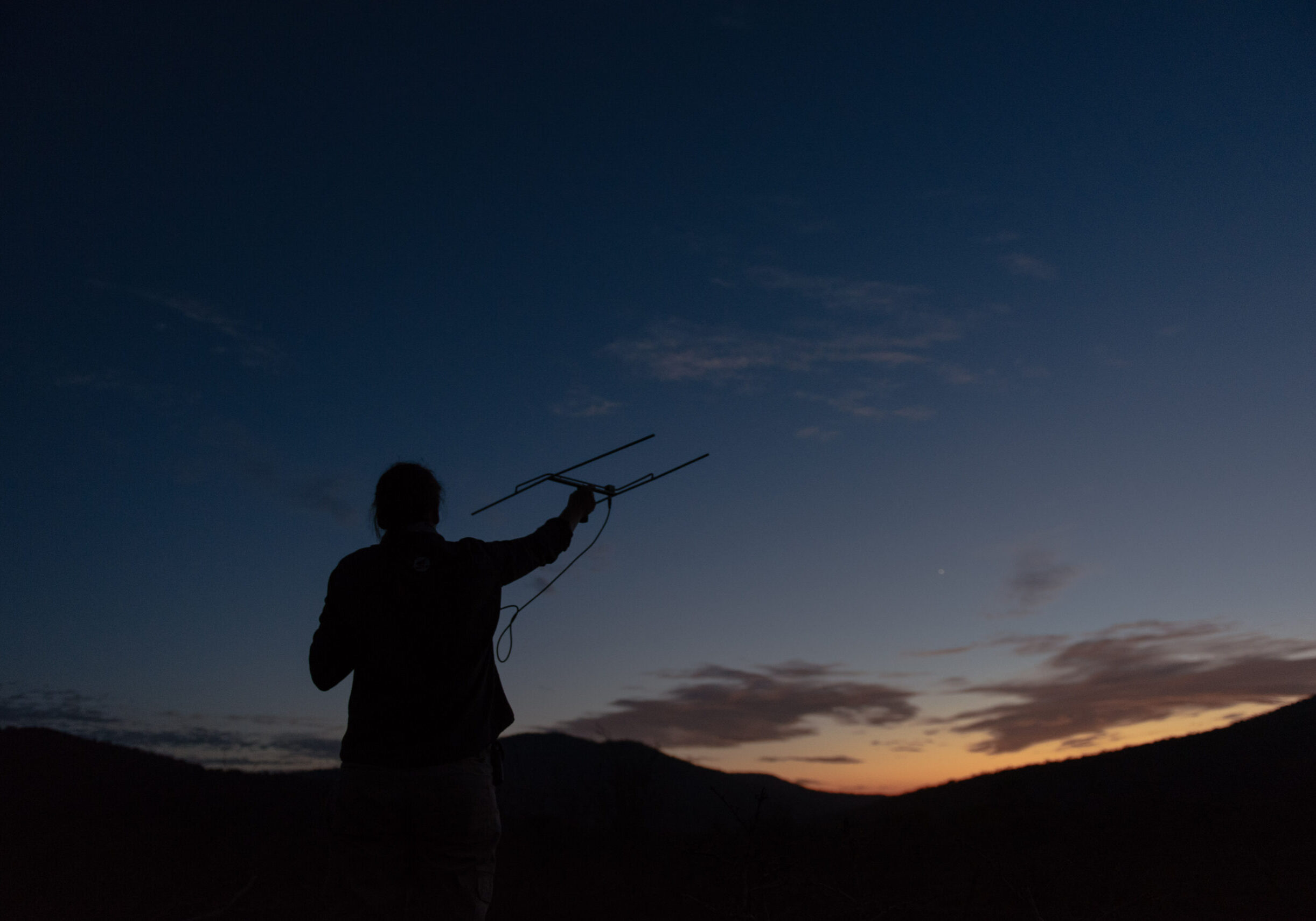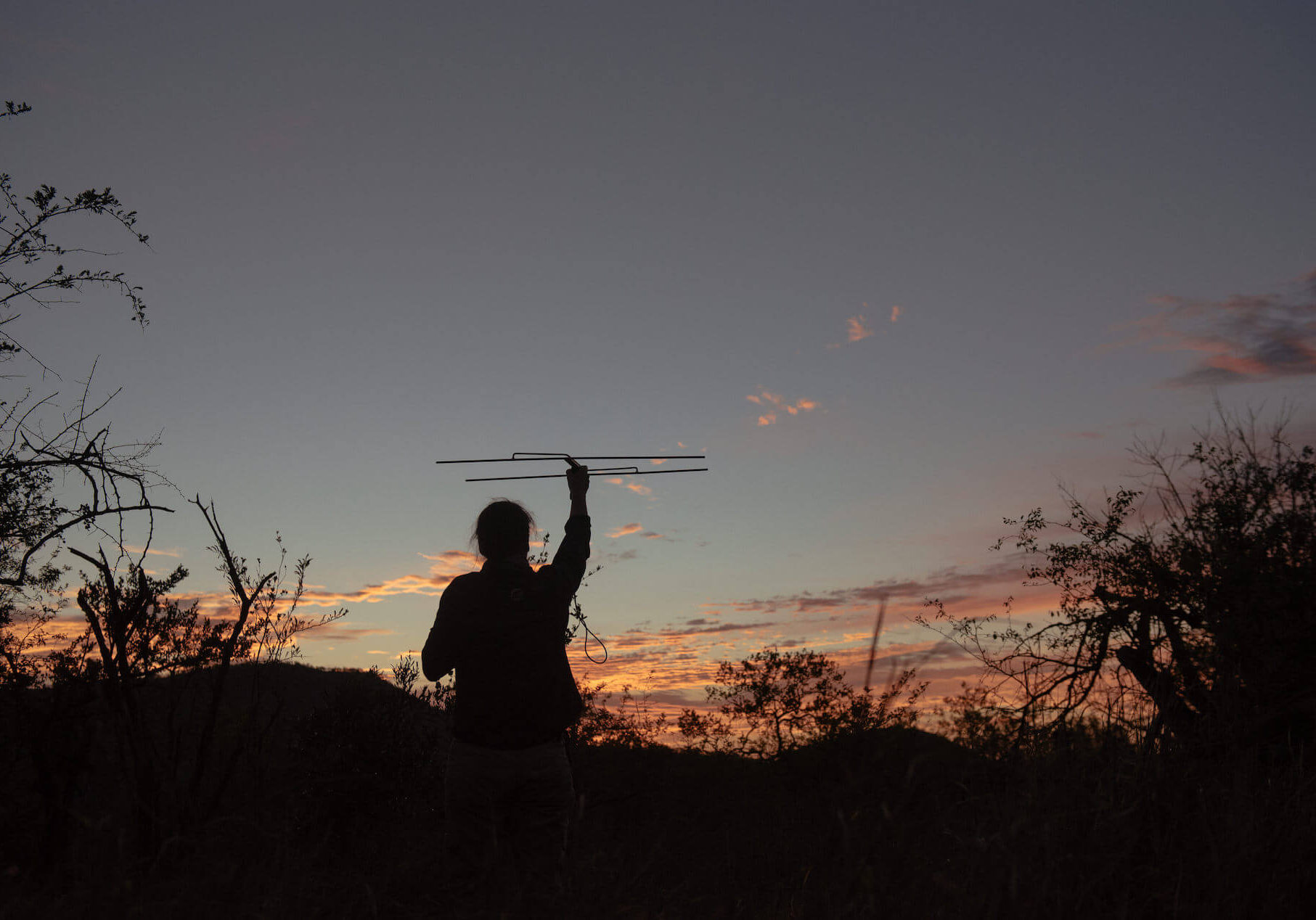
BLOG
NEW PRODUCT ANNOUNCEMENT! – Added Function Very High Frequency (AFVHF)
Wildlife ACT Innovations is excited to share that we have developed our own, specialised Added Function Very High Frequency (AFVHF) transmitter for...
Wildlife ACT Innovations – Wildlife Telemetry Solutions Company Launches in South Africa
Wildlife ACT and AWE Telemetry Systems have joined forces in the wildlife telemetry space. The new company, called Wildlife ACT...

